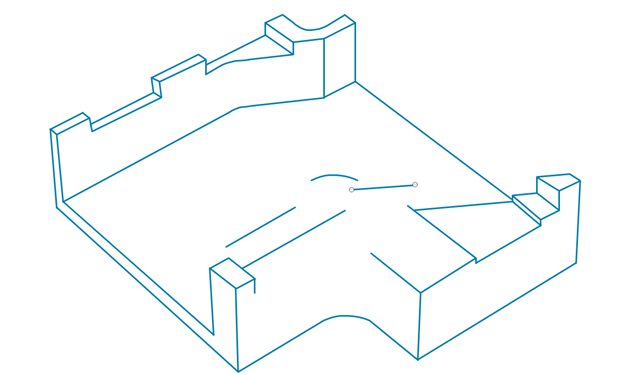Morning all!
balearicdynamics has been posting some superb tweets that follow the progress of his Pi IoT design challenge, which include some great 3D models that (I assume) he then sends to the 3D printer. Is that right, Enrico?
And shabaz often makes great use of some 3D diagrams for exploded views of his amazing projects, like the HAL-CAM 9001 – Building a New Security Camera he just posted.
I've not much experience with 3D modelling software, which is my real obstacle to entry when it comes to playing with... er, I mean making use of, a 3D printer. It's not the hardware that's stopping me -- it's the software. Years about I used to dabble with Lightwave, but I was wondering what software you guys use to build your 3D models for printing (or for any other maker tasks, for that matter), and if you had any recommendations for beginners.
Maybe if you guys could sound out the popular platforms, we could then run a poll to see which ones people prefer? That being said, if you're already familiar with all the popular options, do feel free to put a poll up and we can get opinions that way, too.











